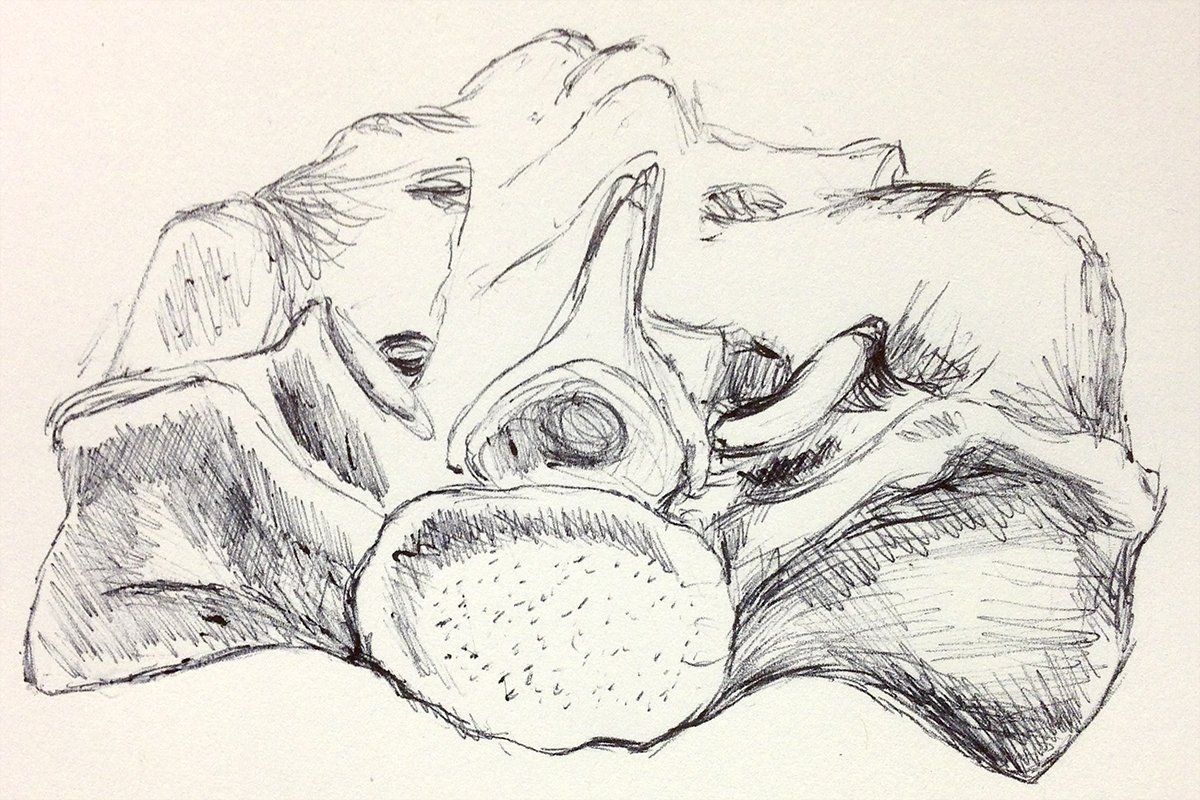9. Patient-Practitioner Fusion of Horizons

If we are thinking about person-centred care, how should we conceptualise the patient being at the “centre” of that care?
For sure, Evidence-Based Medicine asks practitioners to pay attention to, and give weight to, the values and expectations of patients. But how do we deal with the tensions and paradoxes that arise in practice when the values and the expectations of the patient are set in exact opposition to either or both of the expert understanding of the practitioner or the guidelines which have been drawn from the best available evidence?
I will discuss what I consider to be the epistemological conundrum that makes it difficult to practice real-world EBM in future posts – the epistemological incommensurability of its three propositions – but for now my focus is on the aspect of practice in which we value the patient as an individual person with whom we explore and share decisions about their care pathway.
Being a person-centred practitioner, in my view, is not first and foremost about empathy, or listening, or taking the time to understand the patient’s values and needs. These are important aspects of person-centred practice, and we could expand the list: being courteous, humane, collaborative; deliberately putting the patient and their story at the centre of the consultation and setting aside preconceptions; communicating options, risks and consent processes clearly and kindly. These are all – arguably – essential aspects of person-centred practice.
But if the ontological stance of the practitioner is that they are the expert and key-holder to unlocking the resources that the patient needs to regain health, we have a power gradient between practitioner and patient that means all attempts to demonstrate patient-centredness are – in essence – theatre.
Fredrick Svenaeus calls for a model of person-centred practice that shifts this power gradient with one simple manoeuvre: a reframing of the patient-practitioner relationship as an intersubjective commitment to “fusing horizons” (see previous blog). This entails not just time, empathy or attending to the patient’s story (important as these are), but a re-casting of the structure of the relationship. Instead of practitioner-expert and patient-supplicant, we have a relationship in which the practitioner understands that the patient is an understanding (sense-making) being. This is an ontological commitment, casting healthcare practice not as the prescription of resources in aid of a person’s cure, but as a shared human activity in which ontological beings (i.e. an understanding practitioner and an understanding patient) work together to make sense of the source of the patient’s ailment.
“The doctor must understand the patient as an understanding person, through projecting himself into the patient’s understanding and vice versa.” Svenaeus, F. (2000a) p. 147. The hermeneutics of medicine and the phenomenology of health. Dordrecht: Springer.
In my next post...
I will explore further the ontology of intersubjective (horizon-fusing) healthcare practice, and how we may consider it a hermeneutic (sense-making) activity. I will work though some of the implications this has for clinical practice and healthcare research.
You might also like...




